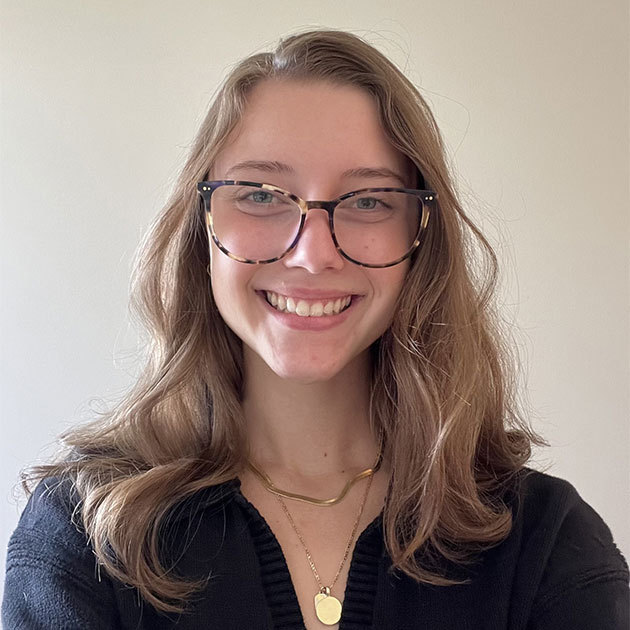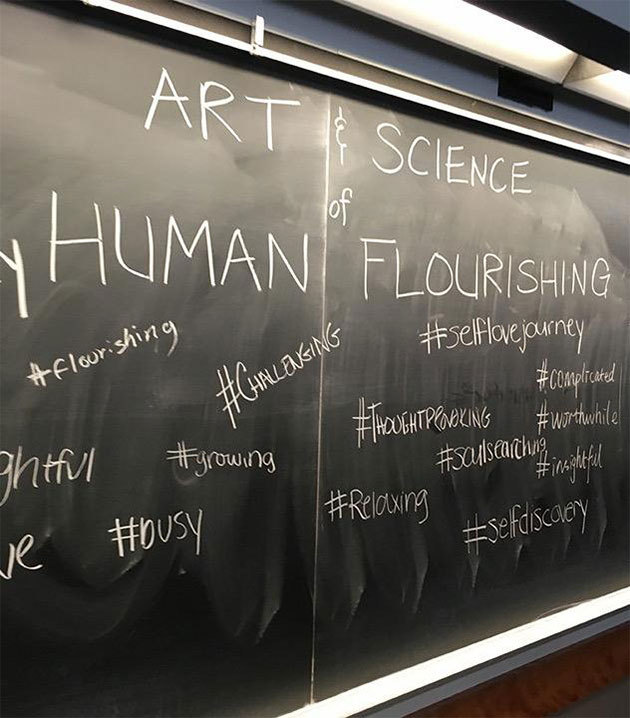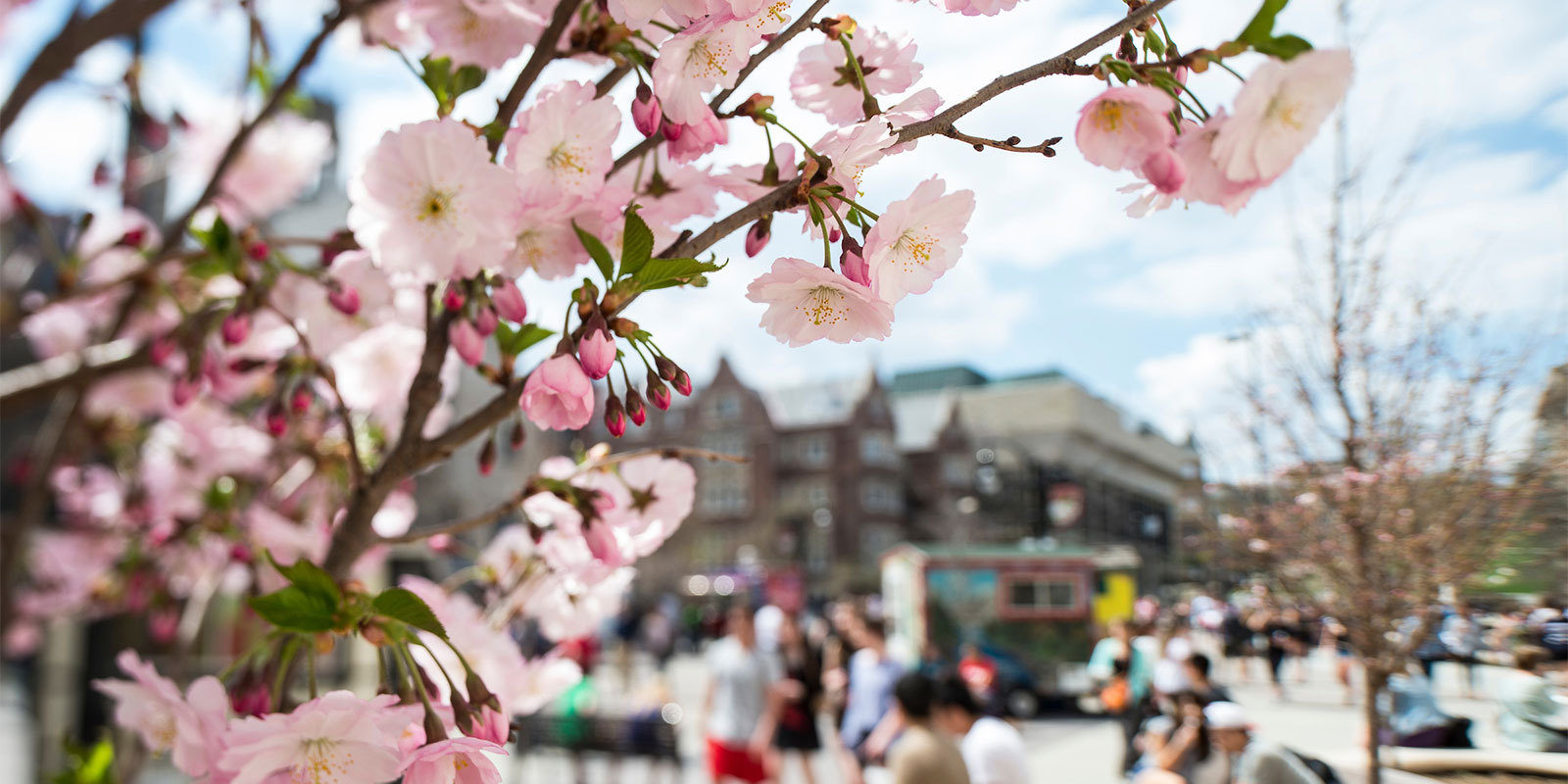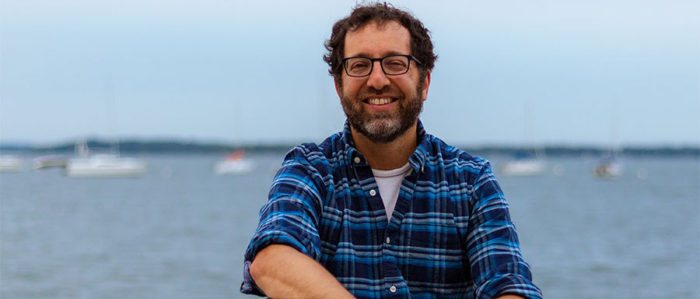For Stella Olson, the Art & Science of Human Flourishing is unlike any other class she’s taken during her three years at the University of Wisconsin–Madison.
The course is a collaboration between the College of Letters & Science's Center for Healthy Minds, Penn State and the University of Virginia that doubles as a research study seeking to improve first-year students’ wellbeing and mental health.
And it works.
“I didn’t realize what an impact it would have on me,” says Olson, a biomedical engineering student. “It really makes you look at your life and be introspective about your wellbeing.”
For the team behind the syllabus, this is exactly the goal of the non-traditional course.

“What students really need is a way of understanding their world and who they are that doesn’t make it all seem like a mystery,” says John Dunne, chair of the Department of Asian Language and Cultures and Distinguished Professor of Contemplative Humanities at the Center for Healthy Minds. “Through this course, students can learn how to not just manage and overcome challenges, but flourish from them.”
The course is cross-listed across departments including psychology, educational psychology, counseling psychology, and Asian languages and cultures, and has been offered to first-semester students every fall since 2017. It bridges the gap between humanities and the sciences and brings professors, researchers and instructors across the university together.
“We’re all trying to transcend the narrow confines of our discipline and see something bigger together,” Dunne says.
The course ultimately requires an openness from students seeking to develop skills pertaining to their mental health and overall wellbeing.
“We shift and move based on what students bring to us,” said Tony Chambers, Director for Community Wellbeing at the Center for Healthy Minds and a principal instructor. “It's beautiful, but it's complicated.”
Preventing Negative Mental Health Outcomes
A 2022 study by researchers (including Dunne) at the three partner universities suggests that the course is impactful. It has been shown to improve students' attention and social-emotional skills, as well as their understanding of flourishing, mental health and wellbeing outcomes. After completing the course, students have shown enhanced senses of connection, compassion and empathy.
What’s more, as the semester continued, depression levels of students in the study did not worsen, while those in the control group did.
With skyrocketing rates of depression and anxiety across college campuses, the course serves as an approach to help establish a toolkit of sorts for students.

“The goal of the course is to really give students a strong foundation as they’re starting their college career,” Center for Healthy Minds Director of Wellbeing in Higher Education Susan Huber says. “It’s an upstream approach that will hopefully help reduce serious mental health crises and cause fewer visits to University Health Services.”
Creating Community Through the Curriculum
The course is anything but a professor standing at the front of the class, droning on about the philosophy of the mind or about how the brain processes stress.
Instead, the class is a conversation between the students and instructors, and between the instructors themselves. When Olson took the class in the fall of 2021, she recalled instructors telling personal stories and conversing and debating with each other.
“My favorite lectures were when professors would just have a conversation about their own life experiences with each other,” Olson says. “It lends itself to learning about wellbeing even more.”
The approach is intentional.
“We really want to model what it's like to be collaborators,” Dunne says.
The course delves into concepts such as evolutionary theory and the idea that collaboration is integral to human survival. Bringing instructors together with diverse backgrounds and vast areas of expertise is deliberate in the sense that it requires collaboration — an important component of wellbeing and mindfulness.
From this collaboration evolves a central tenet of the course curriculum.
“At the end of the course, the goal is for students to find community and a sense of belonging,” Dunne says.
Translating Skills Outside the Classroom
The instructors hope students utilize skills learned in the classroom, but also spread their knowledge across the campus community — and, eventually, beyond.
Alumni of the course even created the Healthy Minds on Campus. Olson serves as communication director for the group. This student organization is open to all students and is rooted in the central tenets of the course.
Chambers is in the process of developing a seminar to follow the course in the second semester. This class would be focused on translating the skills and knowledge the students gain to the greater Madison area through community-based learning.
“All of this is great stuff, and it affects lives, individual lives, but where can it be applied in real time?” Chambers says. “How can it be helpful to not just the individuals in class, but how can it be helpful to folks who are doing the day-to-day grind?”


